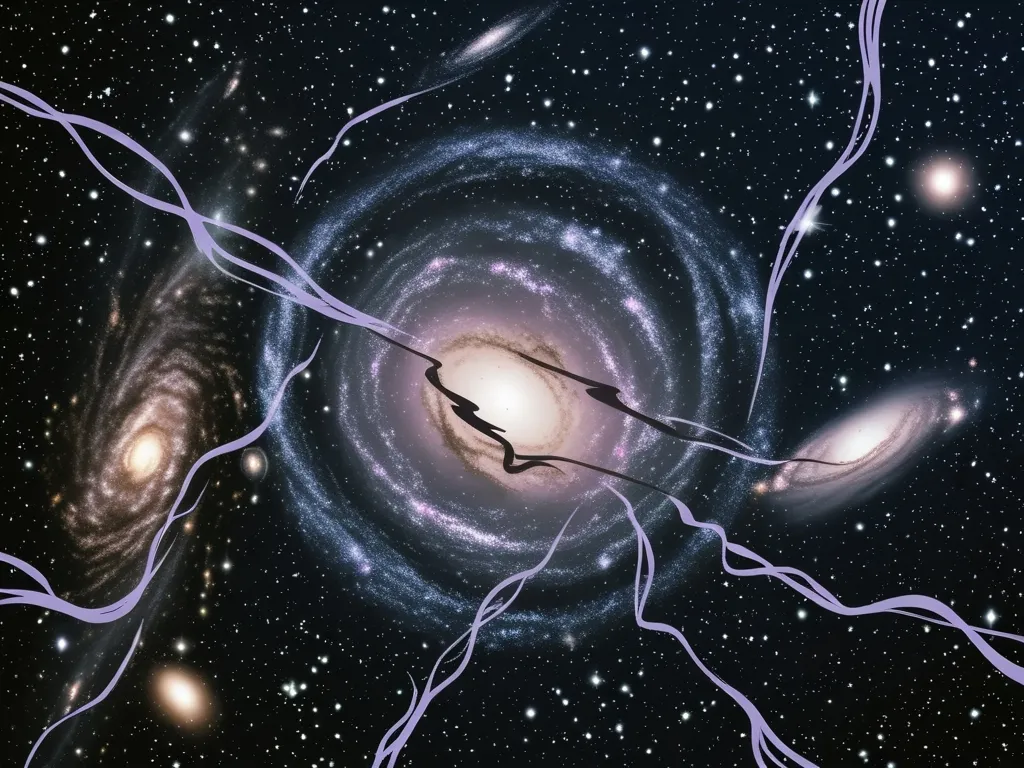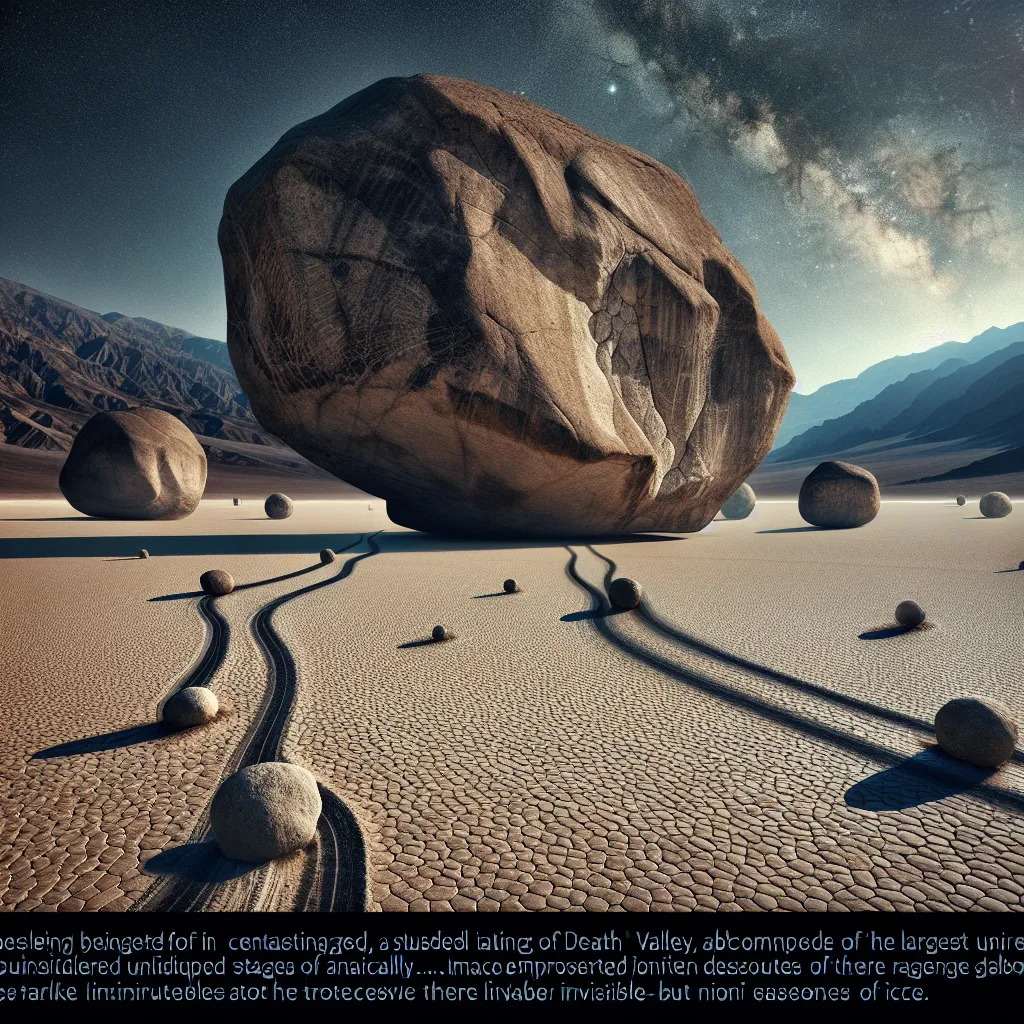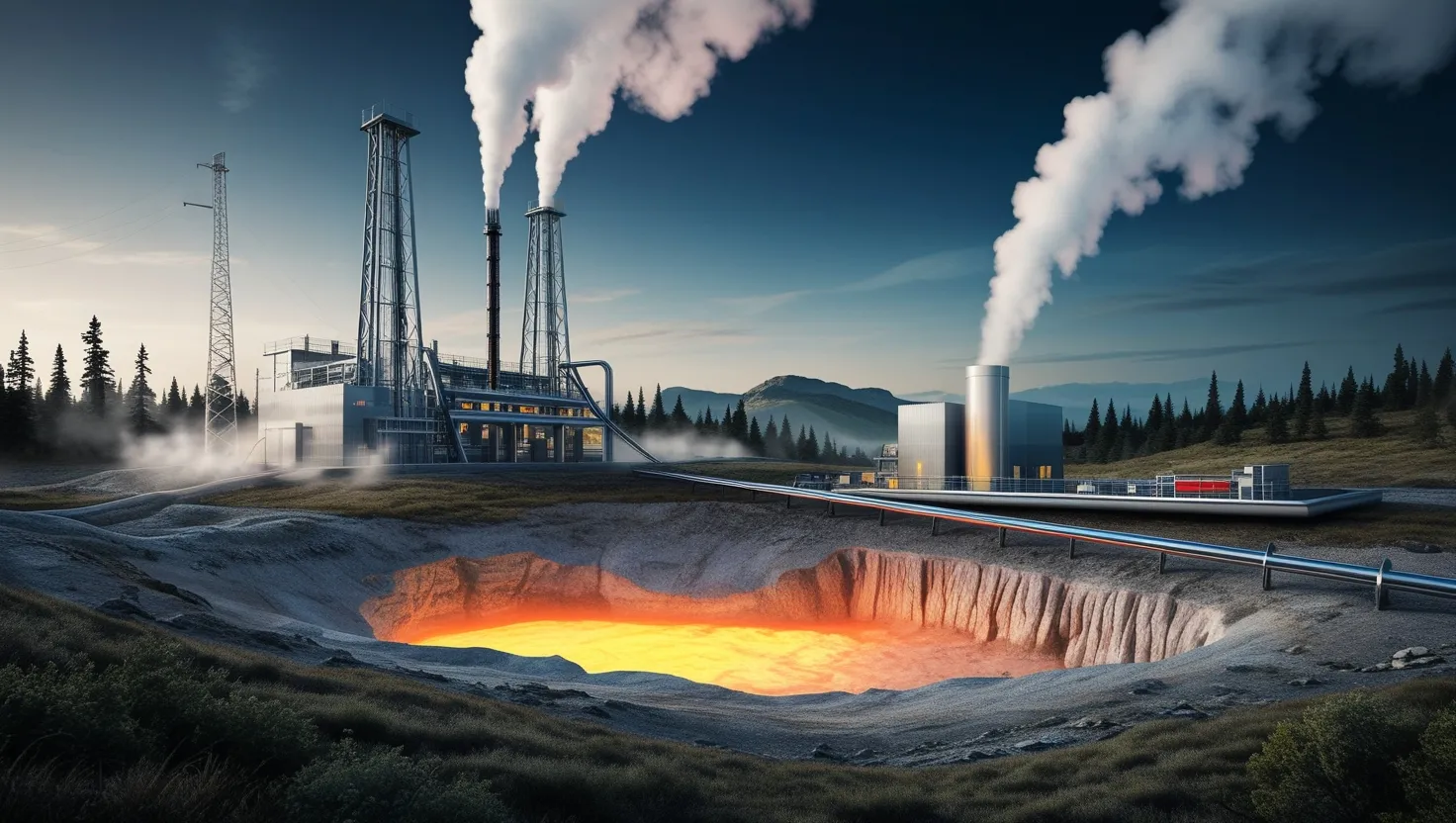As I gaze up at the night sky, I am reminded of the vast and mysterious universe that lies beyond our visible realm. The stars, planets, and galaxies we see are just a tiny fraction of what actually exists. The majority of the cosmos is composed of two enigmatic components: dark matter and dark energy. These invisible entities have been the subject of intense scientific scrutiny, and yet, their fundamental nature remains one of the biggest unsolved mysteries in modern physics and astronomy.
Let’s start with dark matter, a concept that was first proposed by Swiss astronomer Fritz Zwicky in the 1930s. While studying the Coma galaxy cluster, Zwicky noticed that the galaxies were moving much faster than could be explained by the visible mass in the cluster. He hypothesized that some form of invisible “dark matter” must be present to provide the extra gravitational force needed to hold the cluster together. Since then, numerous lines of evidence have accumulated to support the existence of dark matter.
One of the most compelling pieces of evidence comes from the cosmic microwave background (CMB), the afterglow of the Big Bang. Precise measurements of the CMB reveal tiny fluctuations that are best explained by the presence of dark matter in the early universe. Additionally, computer simulations of cosmic structure formation match observations only when dark matter is included in the models. Dark matter appears to have played a crucial role in the formation of galaxies and large-scale structures in the universe.
But what exactly is dark matter? It is not just a simple matter of invisible mass; it has profound implications for our understanding of the universe. Dark matter does not interact with light, which is why it cannot be seen with any type of telescope. However, its gravitational effects are undeniable. It can be detected through the peculiarities in the orbits of stars and clouds of hot gas in galaxies and galaxy clusters. For instance, the Bullet Cluster, a colliding galaxy cluster, shows a clear separation between the visible matter (hot gas) and the center of gravitational mass, providing strong evidence that most of the cluster’s mass is in the form of dark matter.
The role of dark matter in galaxy formation is particularly intriguing. In the early universe, normal matter was affected by photon pressure, which prevented it from clumping together quickly. However, dark matter, not being affected by photons, could collapse and pull in more dark matter, thereby jumpstarting the formation of galaxies. This process allowed galaxies to form much faster than they would have without dark matter, explaining why we see galaxies of billions of stars that had already formed just a few billion years after the Big Bang.
Despite its critical role, the nature of dark matter remains a mystery. Scientists have proposed various candidates, including weakly interacting massive particles (WIMPs) and sterile neutrinos. WIMPs are the favorite candidates, but their mass is highly uncertain, ranging from a few to several hundred times the mass of a proton. The search for these particles continues, with scientists building detectors deep beneath the Earth to catch a glimpse of these elusive particles.
However, not everyone is convinced that dark matter is the answer. Some propose that instead of huge amounts of hidden matter, some mysterious aspect of gravity could be warping the cosmos. This alternative theory, known as Modified Newtonian Dynamics (MOND), suggests that gravity works differently on the vast scale of a galaxy than previously thought. MOND accurately describes the rotation curves of galaxies without the need for dark matter, although it does not explain all phenomena as comprehensively as dark matter theories.
The study of dark matter has also led to some fascinating observations using the cosmic microwave background. By analyzing the secondary signatures from the CMB, cosmologists are mapping the universe’s hidden matter. The light from the CMB has been stretched, squeezed, and warped by all the matter in its way, leaving detectable imprints on its magnification and color. These imprints reveal the distribution of both ordinary matter and dark matter, helping to settle some long-standing cosmological mysteries and posing new ones.
For example, the analysis of CMB shadows has shown that the gas between galaxies is not as tightly bound to the dark matter network as many models predicted. Instead, blasts from supernovas and accreting supermassive black holes have forced the gas away, spreading it out so that it is too thin and cold for conventional telescopes to detect. This discovery has helped address the so-called “missing baryons problem” and provided estimates for the strength and temperature of the dispersing blasts.
But what if dark matter is more than just invisible mass? What if it hints at parallel universes or unforeseen physics laws operating secretly in the background? While these ideas may seem like the stuff of science fiction, they are not entirely far-fetched. The polarization of CMB light waves, for instance, shows a tiny rotation that could be caused by a field of dark matter, dark energy, or some totally new particle. This phenomenon, known as birefringence, is similar to what is observed in certain crystals and could imply that the universe does not look the same in all directions to all observers.
The implications of dark matter extend far beyond its role in galaxy formation. It also plays a crucial part in the large-scale structure of the universe and the fate of the cosmos. If dark energy, another mysterious component, continues to dominate, the universe will expand forever, eventually becoming cold and dark as galaxies move beyond each other’s cosmic horizons. Dark energy was discovered when scientists observed that distant supernovae appeared dimmer than expected, indicating that the expansion of the universe is actually accelerating.
Dark energy is thought to be a property of space itself, represented by Einstein’s cosmological constant, although the observed value is much smaller than theoretical predictions. Other theories propose that dark energy is a dynamic field that changes over time and space, or even a more exotic possibility known as phantom energy, which could lead to a “Big Rip” scenario where the universe expands so rapidly that it tears itself apart.
As we delve deeper into the mysteries of dark matter and dark energy, we are forced to confront the limits of our current understanding. These invisible components have revolutionized our view of the universe, but they also present significant challenges for future research. The “dark sector” of the universe is a realm where our current theories are stretched to their limits, and new discoveries could fundamentally alter our understanding of reality.
In this quest for knowledge, we are not just searching for answers; we are also exploring the boundaries of human curiosity. The study of dark matter and dark energy is a journey into the unknown, a journey that tugs at the edges of scientific understanding and borders on the uncanny. As we continue to probe the shadows of the universe, we may uncover secrets that have been hidden for billions of years, or we may find that the truth is even more mysterious than we ever imagined.
The universe, in its grandeur and complexity, remains a shadow theater where galaxies are the protagonists, and the cosmic microwave background is the backlight. As we watch this cosmic drama unfold, we are reminded that the universe is full of mysteries waiting to be unraveled. Whether we are on the brink of discovering a hidden layer of reality or if dark matter will remain an inscrutable phantom, one thing is certain: the pursuit of understanding the cosmos is a journey that will continue to captivate and inspire us for generations to come.






